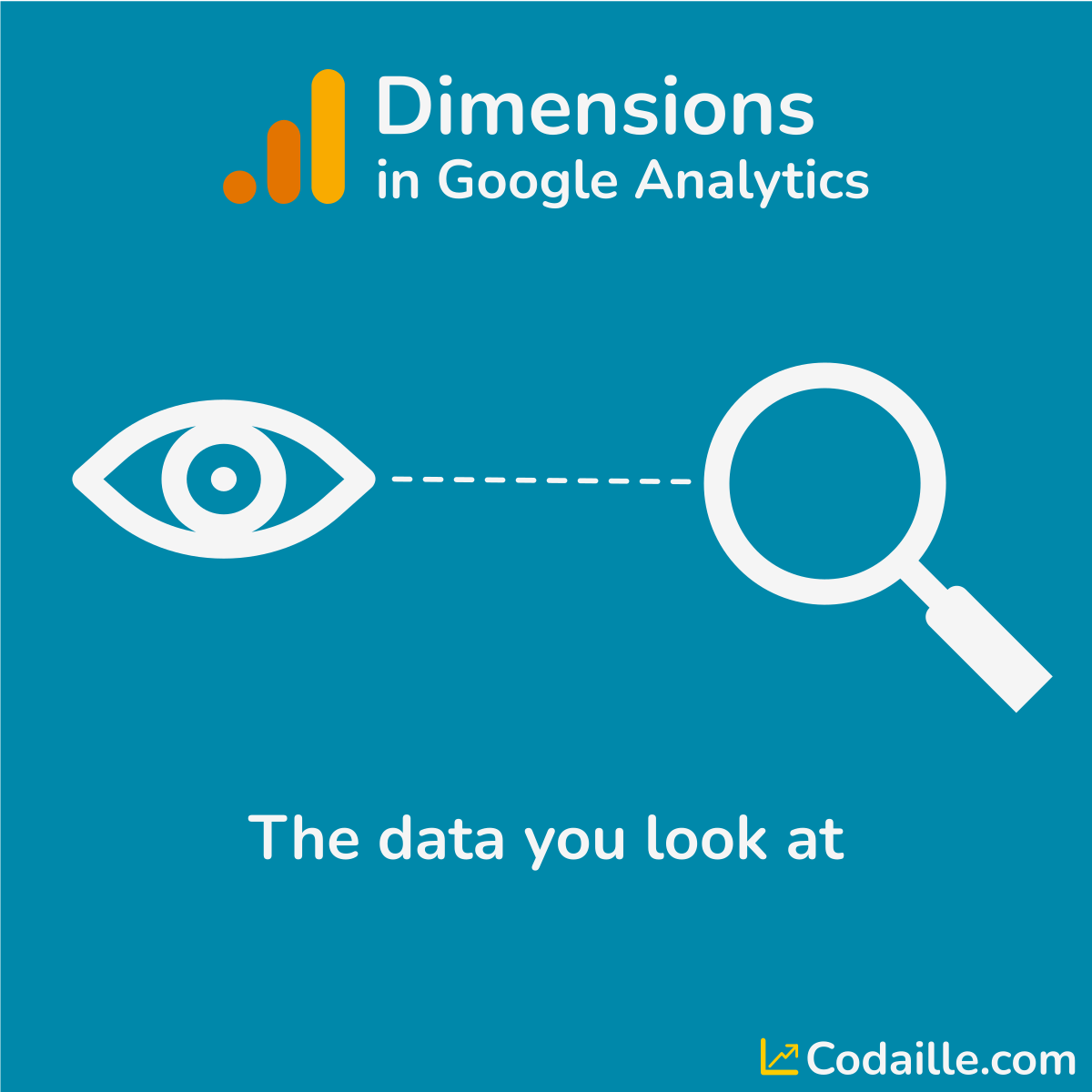Optimizing Data Analysis: Google Analytics Secondary Dimension Explained
Optimizing Data Analysis: Google Analytics Secondary Dimension Explained
Blog Article
Unlocking the Power of Additional Measurement Analytics for Boosted Data Insights and Decision-Making
In the world of information analytics, key dimensions frequently take the limelight, however the real deepness of insights lies within the realm of secondary measurements. By using the power of additional dimension analytics, organizations can unveil concealed trends, discover relationships, and remove more significant verdicts from their information.
Relevance of Secondary Dimensions
Discovering the value of secondary dimensions in analytics reveals the covert layers of information understandings vital for educated decision-making in numerous domains. Additional dimensions give a much deeper understanding of key information by using additional context and perspectives. By including secondary measurements into analytics, organizations can extract much more detailed and nuanced understandings from their datasets.
One key relevance of secondary measurements is their ability to section and categorize primary data, enabling a more comprehensive evaluation of certain subsets within a dataset. When looking at the information as a whole, this segmentation makes it possible for services to identify patterns, fads, and outliers that could not be evident. Moreover, secondary dimensions help in revealing relationships and reliances in between different variables, bring about even more exact projecting and predictive modeling.
In addition, additional measurements play an essential function in improving information visualization and reporting. By adding secondary dimensions to visualizations, such as graphs or graphes, experts can create more helpful and insightful representations of data, helping with far better communication of searchings for to stakeholders. On the whole, the assimilation of second dimensions in analytics is important in unlocking the full potential of data and driving evidence-based decision-making.
Trick Advantages of Using Second Dimensions
Utilizing second dimensions in analytics provides organizations a calculated advantage by increasing the deepness and granularity of information understandings. By dissecting data utilizing second measurements such as time, area, gadget type, or user demographics, companies can discover patterns, fads, and correlations that may otherwise stay surprise.
Additionally, the utilization of secondary dimensions improves the context in which primary data is interpreted. It supplies a much more detailed sight of the relationships between various variables, making it possible for organizations to make informed choices based on a more alternative understanding of their information. In addition, secondary dimensions assist in the identification of outliers, anomalies, and locations for optimization, inevitably causing much more efficient methods and improved results. By leveraging additional dimensions in analytics, organizations can harness the complete possibility of their data to drive much better decision-making and achieve their company purposes.
Advanced Data Analysis Strategies
A deep study innovative data analysis techniques exposes sophisticated methods for removing important insights from complicated datasets. One such method is maker learning, where algorithms are used to determine patterns within data, predict results, and make data-driven decisions. This method enables the automation of analytical model building, enabling the handling of large quantities of data at a faster rate than standard approaches.
An additional sophisticated strategy is predictive analytics, which makes use of statistical algorithms and machine understanding techniques to forecast future end results based upon historical information. By examining fads and patterns, companies can anticipate client habits, market trends, and possible threats, equipping them to make proactive decisions.
Moreover, message mining and sentiment evaluation are useful methods for extracting insights from unstructured information resources such as social media remarks, client evaluations, and study responses. By assessing text information, organizations can understand client opinions, identify arising fads, and improve their services or items based on feedback.
Enhancing Decision-Making Via Secondary Measurements

Enhancing decision-making via second measurements makes it possible for services to make more educated and targeted calculated choices. By segmenting customer data based on second dimensions like acquiring history or interaction levels, companies can customize their advertising techniques to details audience sections, leading to boosted conversion prices and consumer satisfaction. Moreover, additional dimensions can help determine relationships and partnerships in between various variables, enabling organizations to make data-driven decisions that drive growth and earnings.
Carrying Out Additional Dimension Analytics
When integrating secondary measurements in analytics, companies can open deeper understandings that drive strategic decision-making and boost general efficiency. This requires recognizing the certain concerns the company looks for to respond to and the data factors required to address them.

Moreover, companies ought to leverage progressed analytics devices and innovations to simplify the procedure of incorporating second dimensions. These devices can automate data processing, evaluation, and visualization, allowing organizations to focus on interpreting insights instead than manual information control.
Final Thought
In conclusion, secondary measurement analytics play a vital function in boosting news data insights and decision-making procedures. By utilizing sophisticated data evaluation strategies and applying secondary dimensions effectively, companies can open the power of their information to drive tactical organization decisions.
In the realm of data analytics, main dimensions commonly take the limelight, yet the real deepness of understandings exists within the realm of additional measurements.Making use of additional measurements in analytics uses organizations a tactical advantage by augmenting the deepness and granularity of information understandings. By leveraging additional dimensions in analytics, companies can harness the full possibility of their data to drive much better decision-making and attain their service goals.
Carrying out data recognition processes and routine audits can aid maintain information high quality and reliability.
By making use of innovative information evaluation techniques and investigate this site executing additional dimensions successfully, companies can open the power of their information to drive strategic organization choices.
Report this page